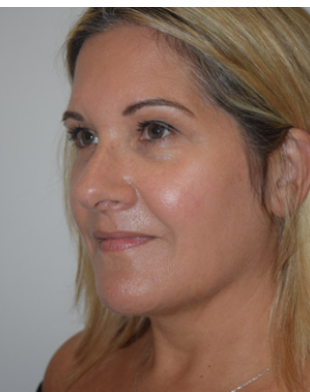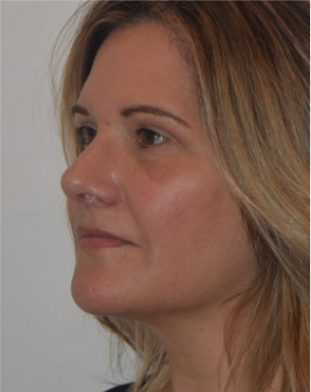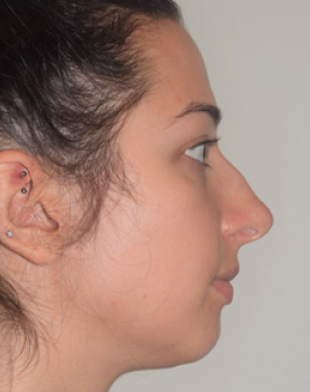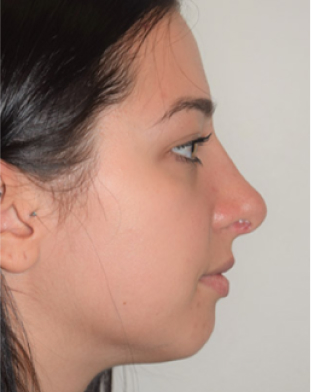Rhinoplasty
Rhinoplasty, or nose surgery, is one of the most finessed and complicated of all cosmetic surgical procedures.
A plastic surgeon typically will evolve and improve their rhinoplasty techniques throughout the course of their career. With over 25 years of experience, board-certified plastic surgeon Dr. Rapaport, MD, has the expertise necessary for optimal rhinoplasty results.
Rhinoplasty is one of the most commonly performed aesthetic surgical procedures in the United States. In addition to providing cosmetic benefits, rhinoplasty can also improve nasal airway breathing and, in those cases, is viewed as a functional procedure.
*Individual results may vary.
Learn More About Rhinoplasty
Take the Next Step
Every patient’s transformation journey at Rapaport Plastic Surgery begins with a detailed consultation with Dr. Rapaport. To learn more about rhinoplasty and determine if it’s the right choice for you, fill out the form below or call us at (212) 249-9955 to schedule an appointment. Our team is dedicated to providing the best plastic surgery NYC has to offer.
Ready to book a consultation or treatment? Just click the Book Now button below to schedule online.




